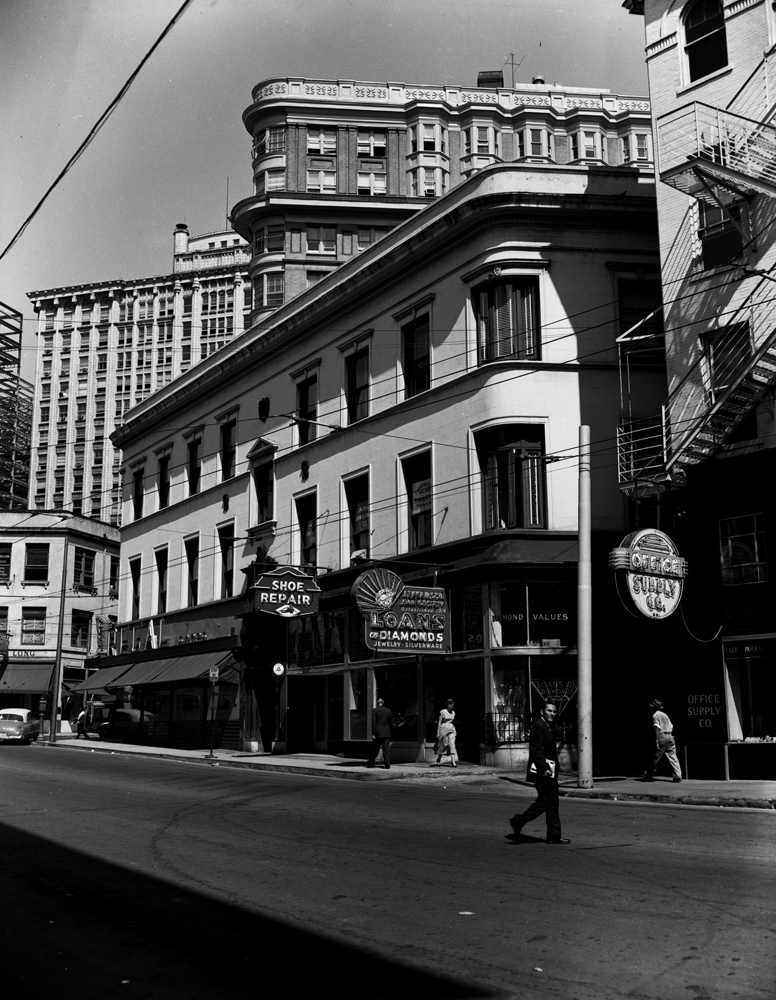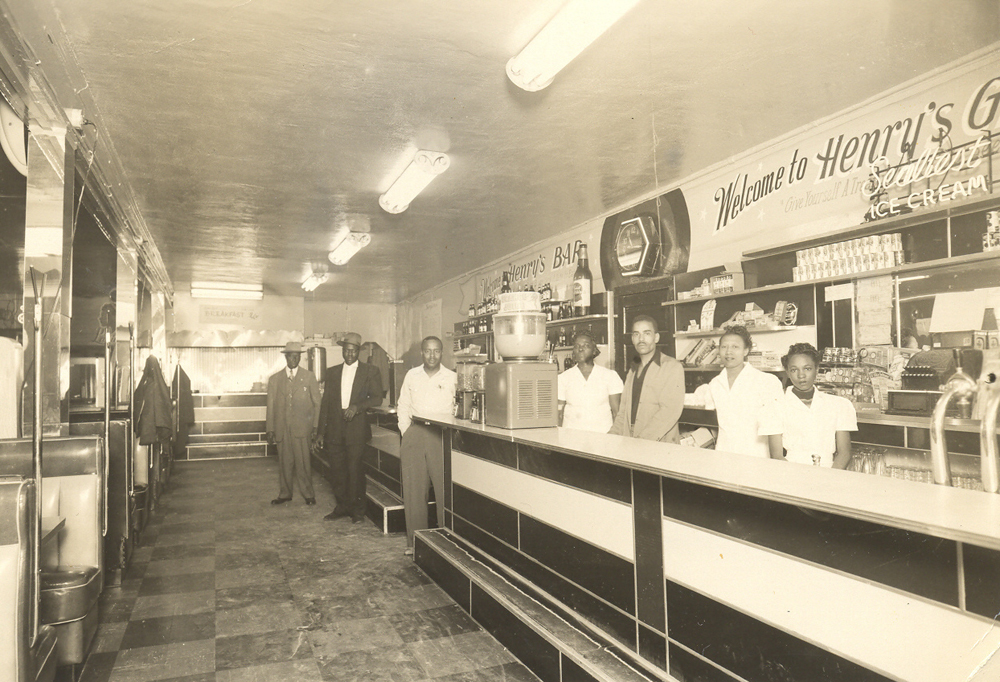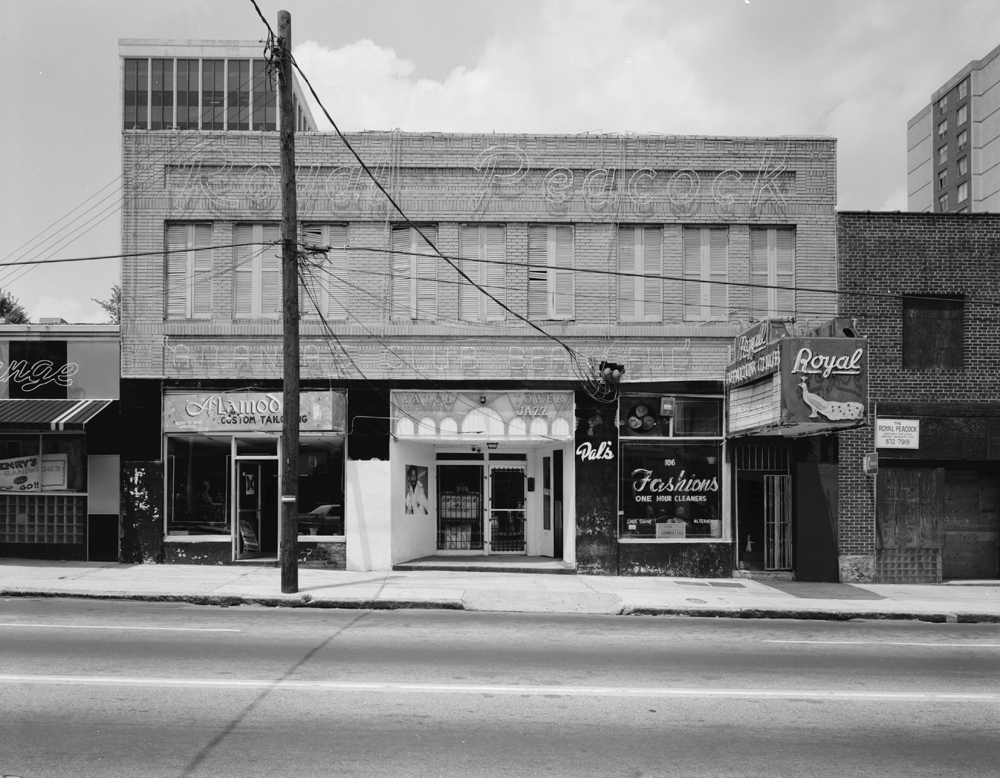


Auburn Avenue was a regular stop on the tours of legendary blues, jazz and soul musicians, and gave rise to home-grown talent and renowned venues. Auburn was also the magnet for sharecroppers and dispossessed residents from rural towns that came to the big city after the Civil War to seek their fortunes. An entrepreneurial class emerged, forming some of the businesses that would endure into the twenty first century.
As one of the earliest African American enterprise areas in the country, the Sweet Auburn district flourished from the mid-nineteenth century to early twentieth century. Originally named Wheat Street for Atlanta merchant Augustus Wheat, the locals petitioned the City to rename the street to Auburn Avenue – a name more stylish and grand to suit the street’s changing character. Some of the earliest landmarks of this district were institutions such as Bethel African Methodist Church, Wheat Street Baptist Church and Ebenezer Baptist Church, which became the religious and social centers for the African American community. Businesses began to surround these institutions, most prominently black financial institutions, insurance companies and the supporting service industry.
| Henrys Grill, Auburn Ave |
Following the rise to commercial and cultural prominence was the increased political awareness amongst the residents and businessmen in the community. The two areas in Atlanta that became the hub of political activity for African-Americans were the Sweet Auburn District and Atlanta University Center. Community leaders such as Dr. Martin Luther King Jr., Hosea Williams and Rev. Ralph David Abernathy systematically united and mobilized the African American electorate as an effort to bring about social change.
Sweet Auburn was designated a National Historic Landmark in 1976, due to the history, heritage and achievements of Atlanta’s African Americans. It was recognized in 1992 by the National Trust for Historic Preservation as one of America’s 11 Most Endangered Historic Places.
The revitalization has begun to pick up and many efforts have been made in the past few decades to preserve Sweet Auburn’s history and activate economic development. The King Center and National Park Service’s along with other community organizations have made efforts to revitalize the area. Historic District Development Corporation (HDDC) was one of the leading organizations that started to activate property redevelopment and increased affordable housing options.
-
Organization builds a pathway to leadership in local efforts by launching community based, volunteer driven nonprofit entities that empower residents and investors to collaborate for sustainable revitalization.
-
Promotion focuses on authentic community assets, with high quality image development campaigns and events that will attract new shoppers, visitors, and residents.
-
Design targets infrastructure and building improvements that lay the groundwork for physical transformation.
-
Economic Restructuring redefines the district’s niche in the marketplace and sharpens the competitiveness of existing businesses.
Through these efforts 448,835 net new jobs have been created, $53.6 billion have been reinvested in Main Street commercial districts, 104,961 net new businesses have been created, and 229,164 buildings have been rehabilitated. By working with the National Trust Main Street Center, local programs and partners, such as Sweet Auburn Works, can unleash the potential of downtowns and neighborhood business districts and use their unique assets to build sustainable communities.



